Each year, the SF6 -insulated Substation User Group reports to the Norwegian Environment Agency regarding its inventory (in both switchgear and storage) and emissions of SF6 gas. In this blogpost I will present the trends observed in both inventory and emissions during the period 2003 to 2018.
SF6 is a potent greenhouse gas
SF6 is a gas used as an electrical insulator and current-interrupting medium in high-voltage circuit breakers and other high-voltage installations. The gas is inorganic, colourless and odourless. It is non-flammable and non-reactive, but is a very potent greenhouse gas.
The emission of 1 kg SF6 is as harmful to the environment as 22 tonnes of CO2.
Emissions may result from equipment breakdown or failure, or in connection with work on components or ordinary service. Switchgear that is not sealed for life will always emit a small volume of the gas during its lifetime.
The emission of 533 kg SF6 (figures from 2017) is equivalent to 11,726 tonnes of CO2, which is the same as that emitted by;
- 61,073 people having return flights between Trondheim and Oslo. (According to Scandinavian Airlines, a return flight between Trondheim and Oslo involves the emission of 192 kg CO2).
- every car in Norway driving 46 km (In 2016, according the Norwegian Public Roads Agency, newly-registered passenger cars emitted on average 93 g CO2/km. In 2017, 2,719,395 cars were registered in Norway according to Statistics Norway).
An SF6-insulated substation consists of a series of individual components installed in close proximity and connected using copper or aluminium conductors. Various types of components, such as circuit breakers and disconnector switches are used to change the grid configuration and/or clear faults. Substations at the highest voltage ratings (145-420kV) typically connect between three and ten power lines and transformers.
Such substations may be insulated using air or SF6 gas. The User Group has registered 159 SF6 insulated substations among its members. The photo above shows an example of an SF6-insulated substation in which all components are enclosed in a gas compartment. This means that the substation occupies much less space than an air-insulated substation. This makes it ideal for use in relatively small spaces such as in urban environments-.
SF6 Accounts for 2018
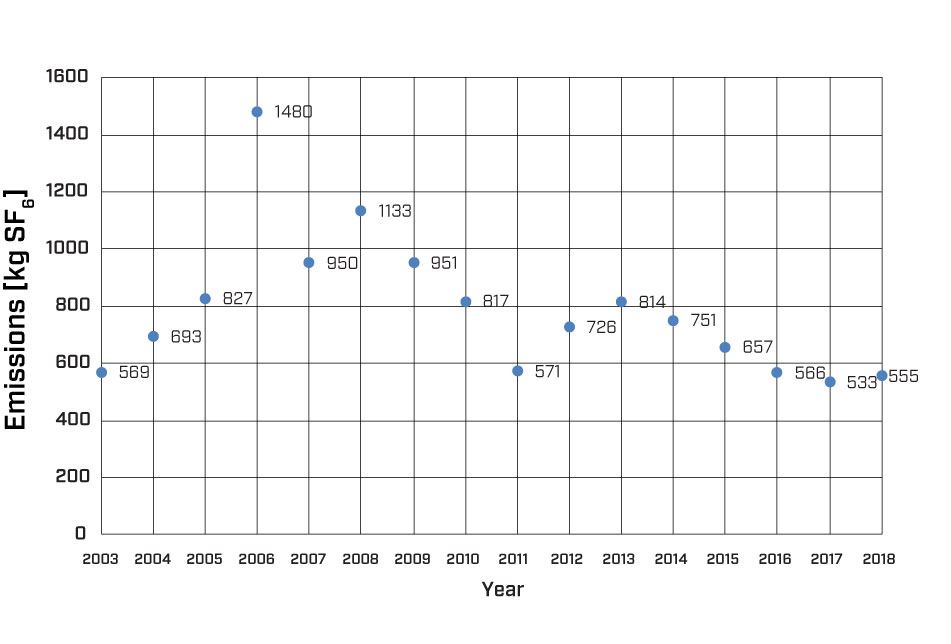
The annual report for 2018 shows that emissions are at the same level as for the two previous years, with a small increase compared with 2017. The total amount of SF6 gas in use in User Group member substations during 2018 is 299,610 kg – an increase of almost 12,500 kg compared with 2017. There is also 16,941 kg of gas held in storage.
Emissions in 2018 (as in 2017) comprise 0.19% of that in use in the substations. Emissions, the amounts in use in substations, and the ratio of gas emitted to that in use in the substations for the years 2003 to 2018 are shown in Figure 1.
Observant readers will note that levels of SF6 emissions in 2003 and 2018 are virtually identical. The reasons for this are under-reporting in 2003 combined with the fact that there has been an increase in the number of companies submitting reports. We know also that the quality of reporting has improved significantly since 2003. Another important statistic is the ratio between gas emissions and the amount in use in the substation. This ratio is falling, and is now less than 0.20% (see the table below).
The distribution of SF6 gas in use in substations owned by User Group members is shown in Figure 2. Most is found in larger Gas-Insulated Switchgear (GIS) and in free-standing circuit breakers.
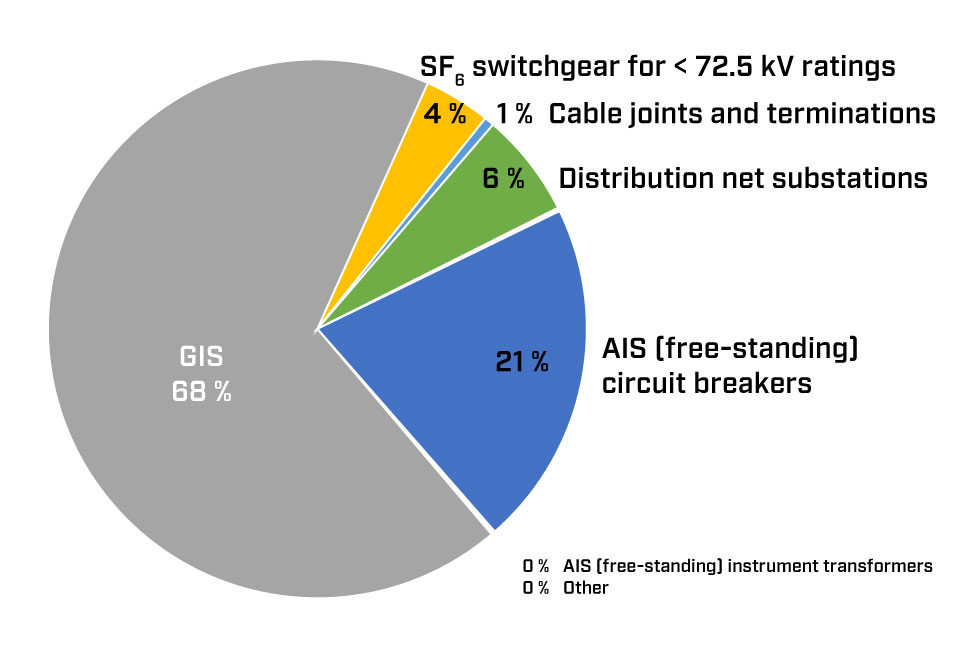
Figure 3 shows the distribution among component types for SF6 gas emitted in 2018. GIS and free-standing circuit breakers emit the largest amounts. The proportion of “Others” in Figure 3 includes emissions such as those from members that have no substations at all or only laboratories, as well as emissions from components that do not belong in the other categories.
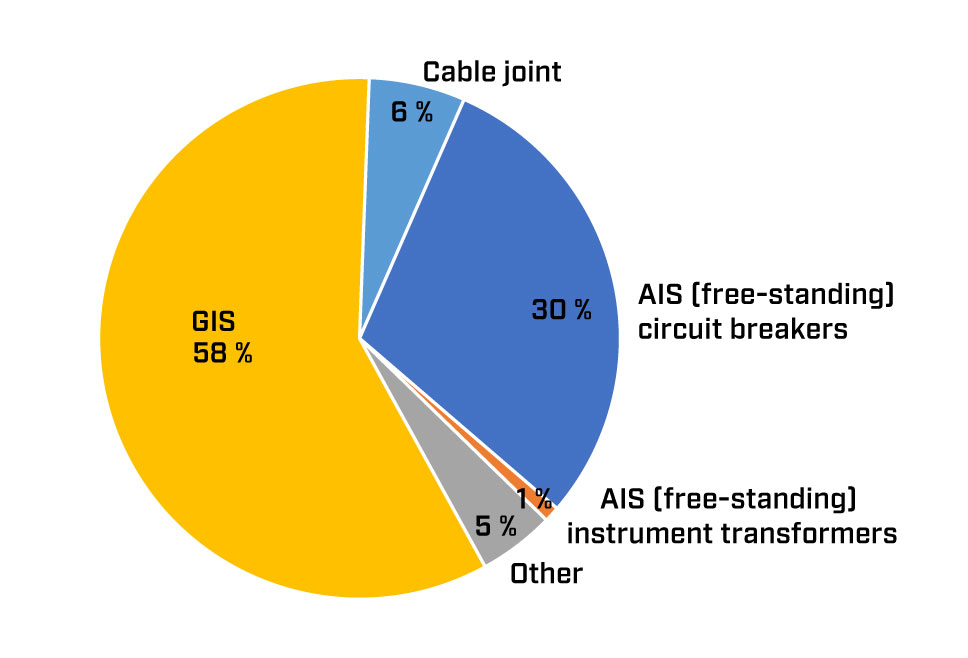
Figure 4 shows the causes of emissions in 2018. Most emissions in 2018 were caused by leakages during ordinary operations, while 7% were caused in connection with component failure or breakdowns.
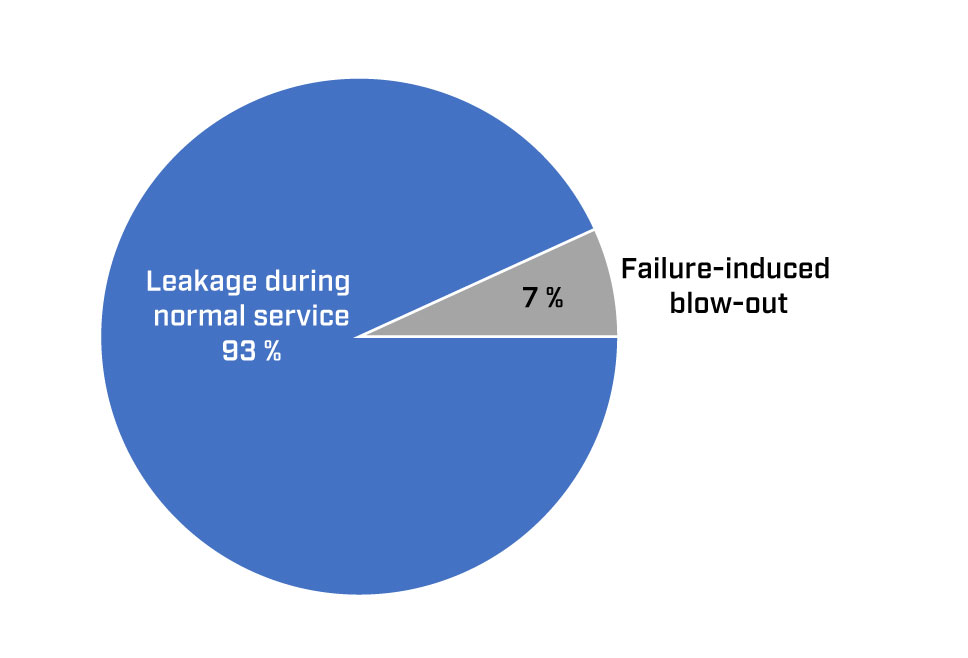
The SF6 Insulated Substation User Group
The User Group is a special interest group organised in the form of a project at SINTEF Energy Research. It is created by the owners and suppliers of SF6-insulated switchgear. The group focuses on 145-, 300- and 420 kV-rated grid infrastructure, as well as companies that market goods and services for these installations.
The User Group has 46 members, 33 of which have reported emissions. These include both grid companies and electricity producers, as well as equipment suppliers, oil companies and research institutes. The manufacturers of SF6-insulated plants have their own system of reporting to the authorities, and are not included here.
The majority of owners of 145kV to 420kV-rated SF6-insulated equpment are members of the group. Many distribution system companies do not own SF6-insulated plants at such voltage ratings, and are thus not members of the User Group. (Link to a list of members of the User Group.)
The aim of the User Group is to help to ensure that experience and issues linked to the operation, maintenance and development of SF6-insulated switchgear plant are exchanged, clarified and communicated between plant owners, suppliers, the public authorities and other interested parties. The User Group organises the reporting of SF6 gas inventory and emissions to the Norwegian Environment Agency.
What is the user group doing to reduce emissions?
The User Group offers training and experience exchange by means of arranging an SF6 certification course. This course addresses requirements stipulated by the EU, and offers participants an environmental certification. The aim of the environmental certification is to reduce SF6 gas emissions during gas handling.
A users’ seminar is held every other year. The seminar includes presentations on relevant topics such as new gases, new technology and practical experience from the operation and maintenance of SF6-insulated swichgear.




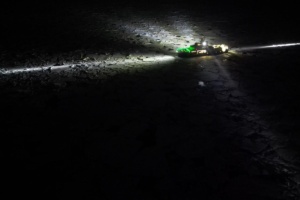

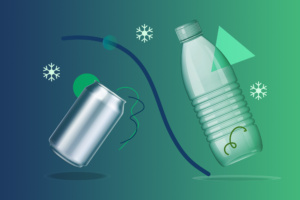

Comments
Hva angår klimaendringer så har CO2 i atmosfæren neglisjerbar påvirkning. Utslipp av SF6 til atmosfæren er så liten at heller ikke denne gassen påvirker endringer i klima av betydning i praksis. Vann som fordamper fra jordens overflate, ved hjelp av energi fra sola, driver klimaendringene. En må slutte å tro. Innen vitenskap må en VITE. Gjør nødvendige beregninger og få visshet.